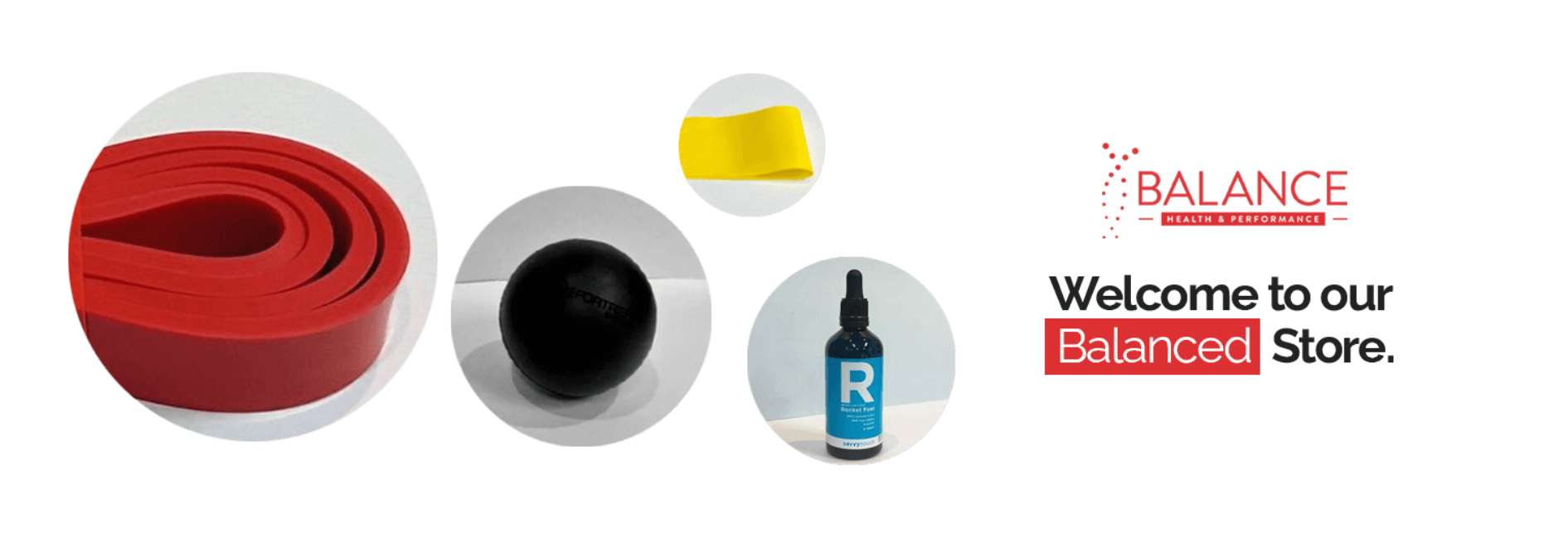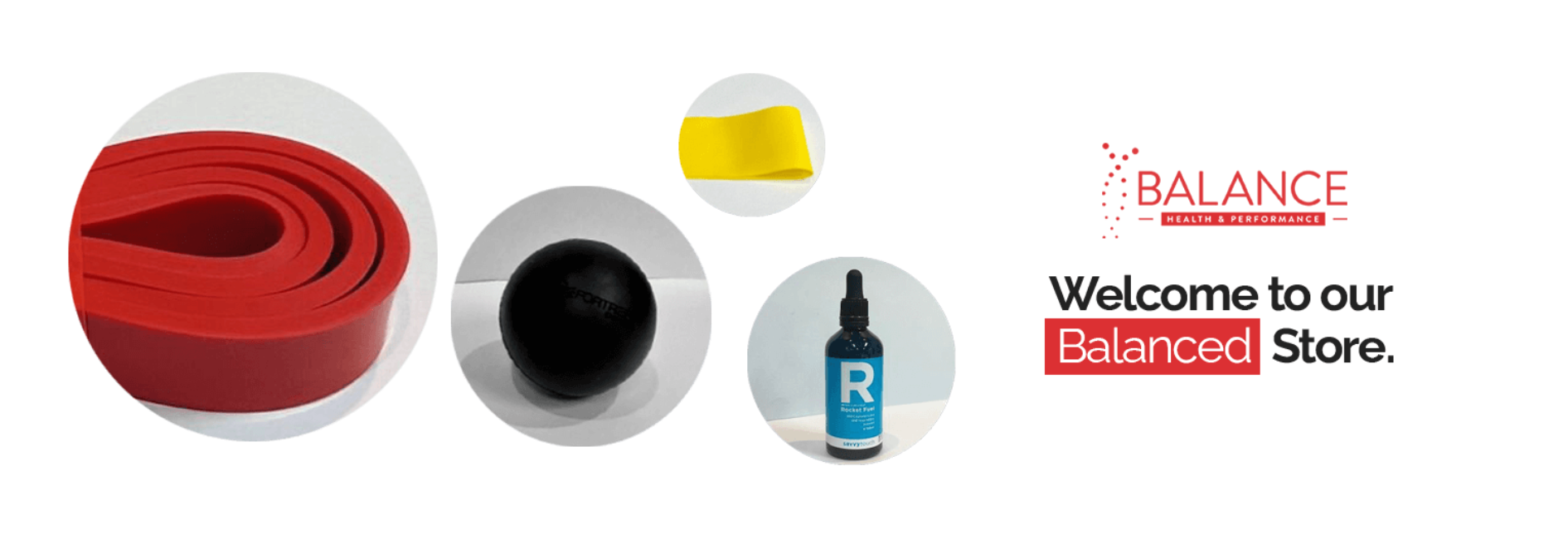As someone active and engaged in health in Sydney, maintaining a healthy and pain-free lifestyle is essential to excel in both your personal and professional endeavors. Whether you engage in intense workouts, sports, or simply have a physically demanding job, injury prevention and recovery should be top priorities.
In this blog post, we'll explore valuable strategies and insights that can help you stay at the top of your game while prioritizing your well-being. Discover how chiropractic and physiotherapy in Sydney can be your allies in achieving optimal performance and pain-free living.
Understanding the Importance of Injury Prevention: When striving towards a goal, it's crucial to prioritize injury prevention. By proactively addressing potential risks, you can avoid setbacks that may hinder your progress. Chiropractic and physiotherapy play integral roles in preventing injuries by enhancing strength, flexibility, and overall body mechanics. Regular consultations with skilled professionals can identify imbalances and offer personalized guidance to mitigate injury risks.
The Role of Chiropractic and Physiotherapy in Injury Recovery: Despite our best efforts, injuries may still occur. When faced with pain or an injury, seeking professional help from chiropractors and physiotherapists early is paramount. Our team have extensive knowledge in musculoskeletal health and rehabilitation. Through a combination of manual therapies, targeted exercises, and evidence-based techniques, they can aid your recovery and restore your physical function.
Tailored Rehabilitation Programs: Chiropractors and physiotherapists in Sydney are well-versed in creating customized rehabilitation programs that cater to your specific needs. These programs address the root cause of your pain or injury and provide a comprehensive approach to restore your mobility, strength, and range of motion. By focusing on your unique circumstances, our team can ensure that your recovery journey is efficient and successful.
Holistic Pain Management: Pain can significantly impact your performance and overall well-being. Chiropractic and physiotherapy offer holistic pain management solutions that go beyond temporary relief. These therapies target the underlying issues causing your pain, rather than just masking the symptoms. For us, finding the cause can be multi-faceted and involves various lifestyle factors on top of your body’s mechanics.
As someone active and engaged in health in Sydney, prioritizing injury prevention and recovery is vital for maintaining your fitness and overall well-being. By embracing chiropractic and physiotherapy as essential components of your wellness routine, you can proactively safeguard against injuries and effectively recover if they occur. These practices offer personalized care, holistic pain management, and tailored rehabilitation programs to keep you performing at your best. So, take the necessary steps to protect your body, seek professional guidance, and work towards your meaningful goals.
Remember, your health is your most valuable asset, and investing in injury prevention and recovery is an investment in yourself and your future success.
For trusted chiropractic and physiotherapy services in Norwest, Belrose and Penrith, contact us at Balance Health & Performance. Our caring professionals combine expertise with a light-hearted and educational approach to help you reach your fullest potential while staying pain-free. Don't let pain and injuries hold you back; take charge of your well-being today!



















